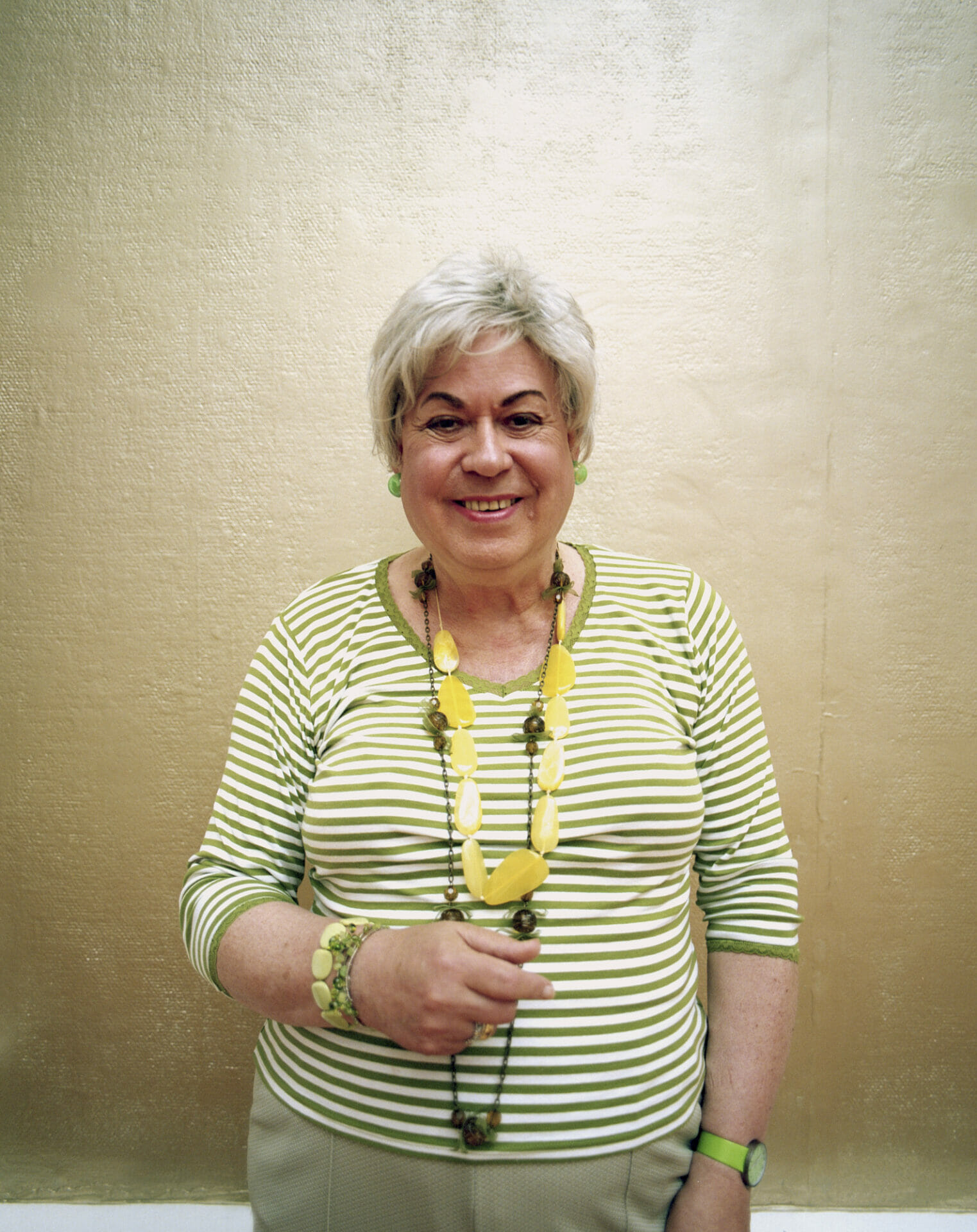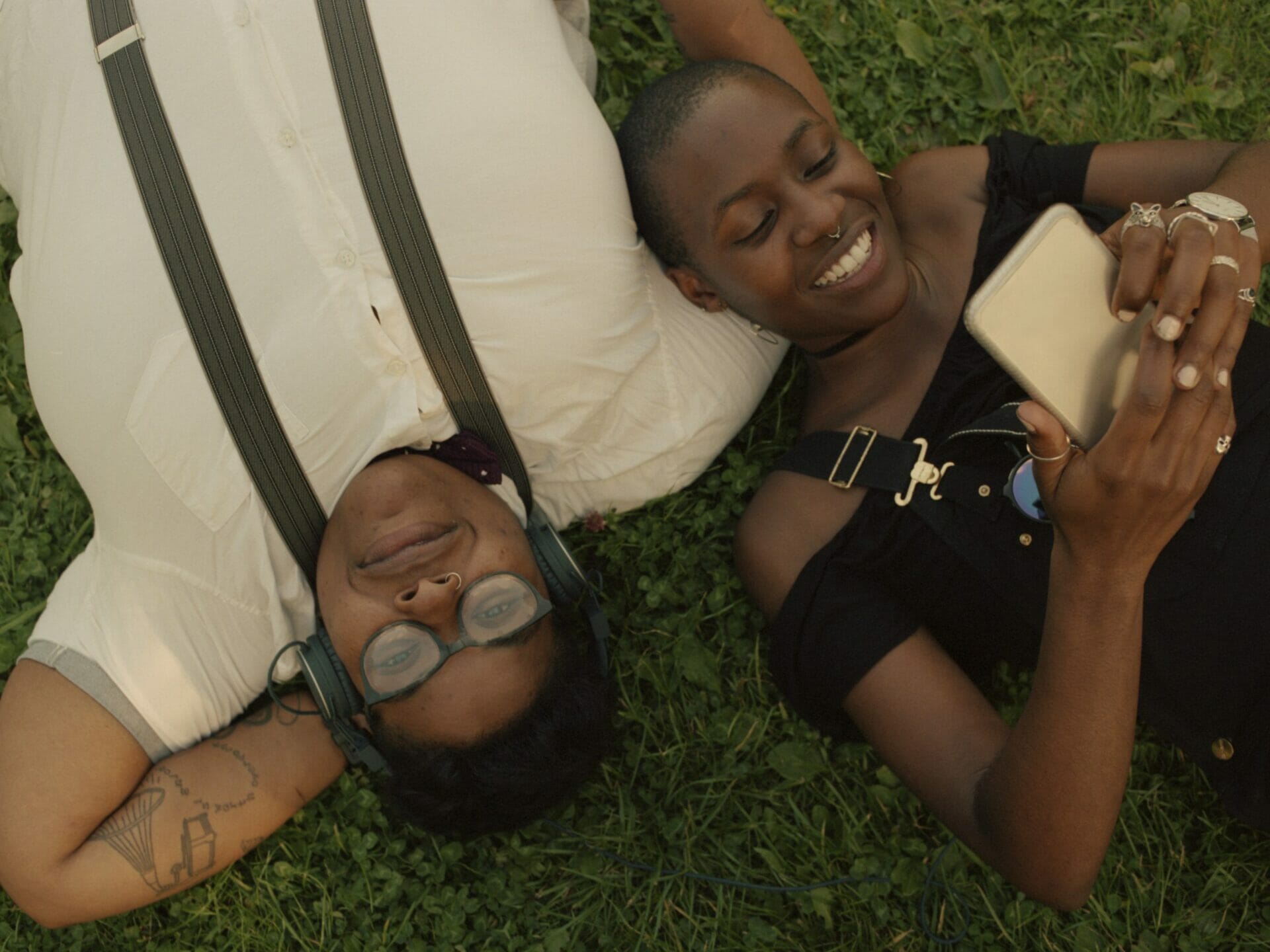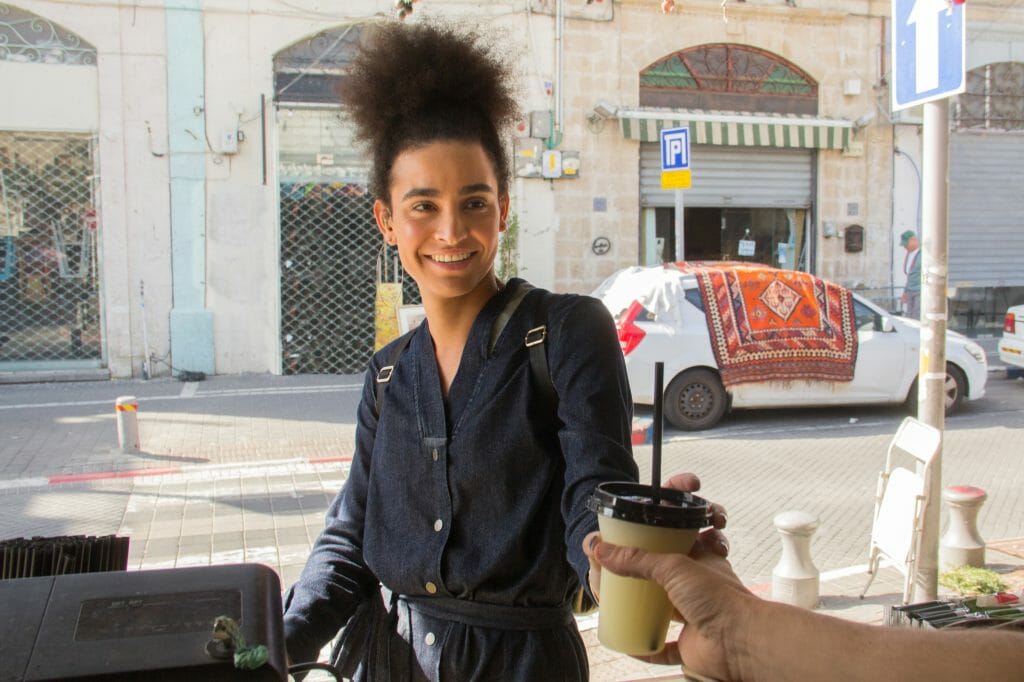Getty Images, a world leader in visual communications, today announced an exclusive partnership with GLAAD, launching the first collaborative effort with contributor guidelines to improve visual representation of the transgender community.
“Imagery that focuses on the everyday moments of LGBTQ people’s lives is essential in demonstrating that LGBTQ people are visible and valuable members of society,” said Sarah Kate Ellis, President and CEO of GLAAD. “This partnership with Getty Images will help to create global content depicting LGBTQ people as everyone should be—namely, as dynamic, multi-dimensional, and authentic.”
“In the LGBTQ community, where many have faced discrimination and bias, it’s important to connect through imagery that feels real,” said Guy Merrill, Global Head of Art at Getty Images and iStock. “Trans people, by and large, simply don’t exist in the world of advertising and commercial imagery, and together, we’re seeking to thoughtfully fill that void. This partnership with GLAAD is a commitment to challenge stereotypes, tell stories that haven’t been told before, and more specifically guide our customers to true inclusivity in imagery beyond Pride messaging and rainbows only one month of the year.”
Announced shortly after Transgender Awareness Week (November 13-19), the first collaboration includes a comprehensive set of guidelines designed to support Getty Images and iStock contributors around the world, as they endeavor to better represent the diversity of transgender people through an authentic, respectful, and intersectional lens.

The Getty Images and GLAAD Transgender Guidelines also include accurate terminology for use in tagging and captions, clichés to avoid, as well as ways to create a safe and welcoming set when shooting transgender and non-binary models. Getty Images and GLAAD will also offer webinars and trainings for Getty Images contributors as part of the rollout of the guidelines.
“Stock photography and videography tell a visual story—and those stories should authentically reflect the diversity that exists within the transgender community, including people of all gender identities who are every race, ethnicity, age, class, ability, body size, religion, and sexual orientation,” said Nick Adams, Director of Transgender Representation at GLAAD. “But available visuals are not as intersectional as they need to be, and they rely too heavily on stereotypes and symbols. We want to help change that.”
There’s also visible demand for this kind of inclusive representation, according to Merrill. In Getty Images’ latest Visual GPS market research, over two‑thirds of consumers say it is important to them that the companies they buy from celebrate diversity of all kinds. In addition, global customer searches on Gettyimages.com and iStock.com increased year-over-year by 129% for “Transgender,” 334% for “non-binary,” and 212% for “Queer,” providing evidence that brands and businesses are increasingly wanting to bring the visualization of this community into the mainstream and everyday visual language.
“As a photographer who is also transgender, I feel confident this guide will empower Getty Images contributors to create more nuanced and diverse stock imagery and video depicting trans people, and provide a high-profile platform for trans photographers to share their work. It will change not only how the public sees trans people, but also how we see ourselves,” said Alex Schmider, GLAAD’s Associate Director of Transgender Representation.

In May 2020, GLAAD and Proctor & Gamble (P&G), the world’s largest advertiser, released the findings from the first-ever “LGBTQ Inclusion in Advertising and Media” study, which measures how non-LGBTQ Americans respond to LGBTQ representation in television, films, and ads. The findings demonstrate that there is favorability toward brands with LGBTQ-inclusive advertising and that these media images lead to greater acceptance of the LGBTQ community.
In the coming months, Getty Images and GLAAD will create similar content guidelines around the representation of gay, lesbian, and bisexual people, actively seeking to push for better, more diverse depictions of the broader LGBTQ community. Getty Images will also provide the necessary resources and opportunities to help content creators create and share their vision.













